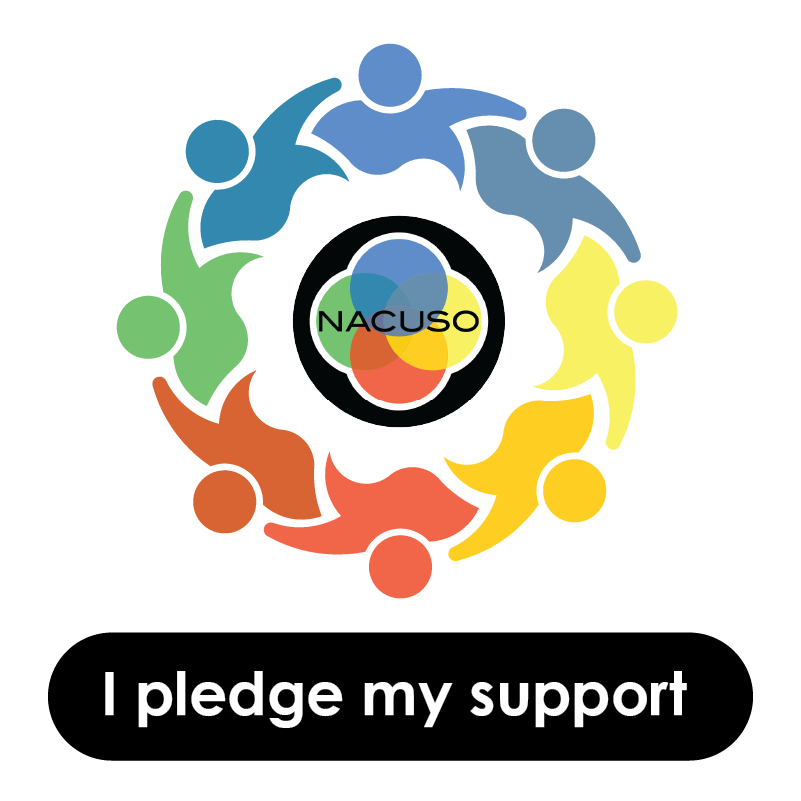The new PayPal Business Cashback Mastercard® is among the industry’s leading cashback business credit cards with no annual fee and 2% cashback on all purchases with no limit to the cashback that can be earned – helping small business owners get rewarded as they make business purchases.
PayPal Holdings Inc. (NASDAQ: PYPL) today announced it is expanding its suite of credit offerings to include a new business credit card to better meet the everyday financing needs of small business owners. The PayPal Business Cashback Mastercard, issued by WebBank and powered by the Mastercard network, is the first business credit card offered through PayPal. The card has no annual fee and rewards cardholders with 2% cashback on all purchases with no rewards earning caps or expiration, making it among the highest cashback rewards value available.
The PayPal Business Cashback Mastercard offers a simple way for businesses to pay for both everyday business expenses and those that may unexpectedly arise, while also earning cashback rewards on all purchases. Approved businesses are provided immediate access to their assigned credit limit through a virtual card that is automatically integrated into the business’s PayPal account and is immediately available as a payment method when merchants check out with PayPal. Account and spending details are easily accessed through the cardholder’s PayPal Business account.
Small businesses need an array of tools to fund their everyday business expenses in a flexible manner. According to the 2022 Small Business Credit Survey conducted by the Federal Reserve Banks, credit cards were the second most common form of financing sought by small businesses.1 The PayPal Business Cashback Mastercard offers SMB owners the opportunity to qualify for a business credit card.
“As small business owners continue to recover from the challenges of the past two years, having multiple financing options to address their capital needs is more important than ever,” said Bernardo Martinez, Vice President of Global Merchant Lending, PayPal. “The PayPal Business Cashback Mastercard provides merchants greater value, more choice and the increased flexibility they need to manage their business finances, offering among the best value available on no annual fee business credit cards today. This new solution continues PayPal’s commitment to supporting small businesses and offering options to help manage the day-to-day costs of operating their business.”
The PayPal Business Cashback Mastercard was developed in conjunction with Austin-based Concerto Card Company, WebBank and Mastercard to provide PayPal merchants with access to a high quality, high value, small business credit card. Cardholder benefits include:
- 2% cashback on all purchases without a limit on cashback earned or category restrictions
- No annual fee
- No foreign transaction fees
- Competitive APR for purchases ranging from 13.99%-29.99%
- Virtual card that can be used immediately upon approval when merchants check out with PayPal, in addition to a physical contactless card
- Free employee cards with separate account numbers
- Enhanced Mastercard benefits, including a 2-Year Extended Warranty on purchases, Cell Phone Protection, and access to discounts through Easy Savings™ and Mastercard’s Digital Merchant Offers, among other features
- Advanced security features, including Mastercard ID Theft Protection™ and Zero Liability, in addition to 24/7/365 Global Emergency Services
- Consolidated billing to eliminate expense reports and reimbursements
- Integration within PayPal’s merchant platform to access transactions, balances, available credit, and rewards
- Available for use at more than 90 million merchant locations worldwide – anywhere Mastercard is accepted
“Small businesses are a force multiplier for our economy, and it’s critical to ensure that they have access to digital tools and solutions that support their needs and growth,” said Sherri Haymond, executive vice president, Digital Partnerships, Mastercard. “The PayPal Business Cashback Mastercard is tailor-made to support small business owners navigating their day-to-day operations. Coupling dynamic, flexible payments technology with compelling rewards and resources, we’re proud to team up with PayPal to deliver tremendous value and access to small business owners in the US.”
“PayPal’s mission to democratize financial services for all – businesses and consumers – closely aligns to Concerto’s corporate strategy,” said Dan Duncan, CEO and co-founder, Concerto Card Company. “Our goal is to provide the tools necessary for businesses to be successful – and the PayPal Business Cashback Mastercard helps both companies advance their respective missions.”
“Providing small businesses with credit to manage their business needs is a key area of focus at WebBank,” said Jason Lloyd, President & CEO, WebBank. “We appreciate the opportunity to work with PayPal, Mastercard and Concerto Card Company to make the PayPal Cashback Business Mastercard available to small businesses.”
PayPal continues to support small businesses by providing more ways to accept payments, grow their business and access financing solutions, including PayPal Working Capital, PayPal Business Loans, and now the PayPal Cashback Business Mastercard.
More information about the PayPal Business Credit Card can be found at http://paypal.com/businesscreditcard
1 Based on the 2022 Small Business Credit Survey conducted by the Federal Reserve Banks, September through November of 2021 involving 11,000 US small businesses (below 500 heads).
The PayPal Business Cashback Mastercard® is issued by WebBank pursuant to a license by Mastercard International and serviced by Concerto Card Company. Mastercard is a registered trademark, and the circles design is a trademark of Mastercard International Incorporated.
The lender for PayPal Business Loan and PayPal Working Capital is WebBank, Member FDIC.






























